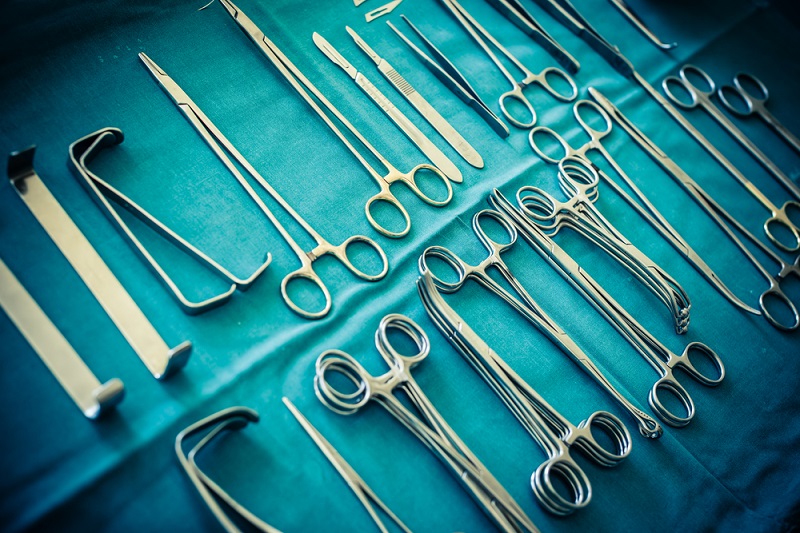
Do you have to order surgical instruments for your practice? There’s a risk of contamination when using these instruments. To reduce the risk, you should buy new ones.
There are different types of surgical instruments. It’s crucial to have the right surgical instruments on hand.
Read this article to learn more about the different types of surgical instruments.
Cutting and Dissecting Surgical Instruments
What’s surgery without cutting? One can argue that cutting and dissecting surgical instruments are the most important.
These instruments include blades and knives. Scalpels also fall under this group. They are perfect for cutting through skin and soft tissue.
There are different types of surgical scissors. These range from curve-tipped scissors to Vannas scissors.
Most scalpels and blades are disposable. Make sure to dispose of them as directed in the instructions. Knives are reusable.
Grasping and Handling Surgical Instruments
Grasping and handling surgical instruments vary. These are great for grasping or holding tissues. Forceps have a strong grasp, so they hold onto things well.
You can buy surgical forceps that are specific for the type of surgery that’s being performed. If intestines are part of the surgery, Babcock forceps will do the job. Dressing forceps are ideal for eye surgery.
Thumb forceps are among the most common general surgery instruments. They have so many uses. They are also easy to use because you wear them between your thumb and forefinger.
Clamping and Occluding Surgical Instruments
Clamping surgical instruments work like grasping and handling instruments. These instruments are perfect for clamping blood vessels and other tissues.
Their holding power is impressive. It allows the surgeon to remove tissue away from the body with ease.
Hemostatic forceps and hemostats fall under this group. Crushing clamps are also part of this group.
Retracting and Exposing Instruments
Retracting and exposing instruments allow surgeons to hold open parts of the body. A retractor can hold a wound open so the surgeon can go in and clean it.
These instruments can also hold open an organ or tissue. If the surgeon isn’t able to use the retractor, a tech or even a robot can hold on to it.
One of the benefits of a retracting tool is its ability to self-retain. This allows for hands-free operations. If you want to take advantage of this option, you should buy self-retaining retractors.
Suturing and Stapling Instruments
After an operation, the surgeon will need to close the wound. Suturing and stapling instruments are of this use. Surgeons use these instruments to rejoin tissue.
Interested in learning more about the types of surgical instruments and their uses? Check out this online surgical supply store.
Buy These Different Types of Surgical Instruments
There are so many different types of surgical instruments. They come in different sizes and shapes. Make sure to explore the different instruments that are on sale.
Explore the rest of our blog to read more health-related articles!